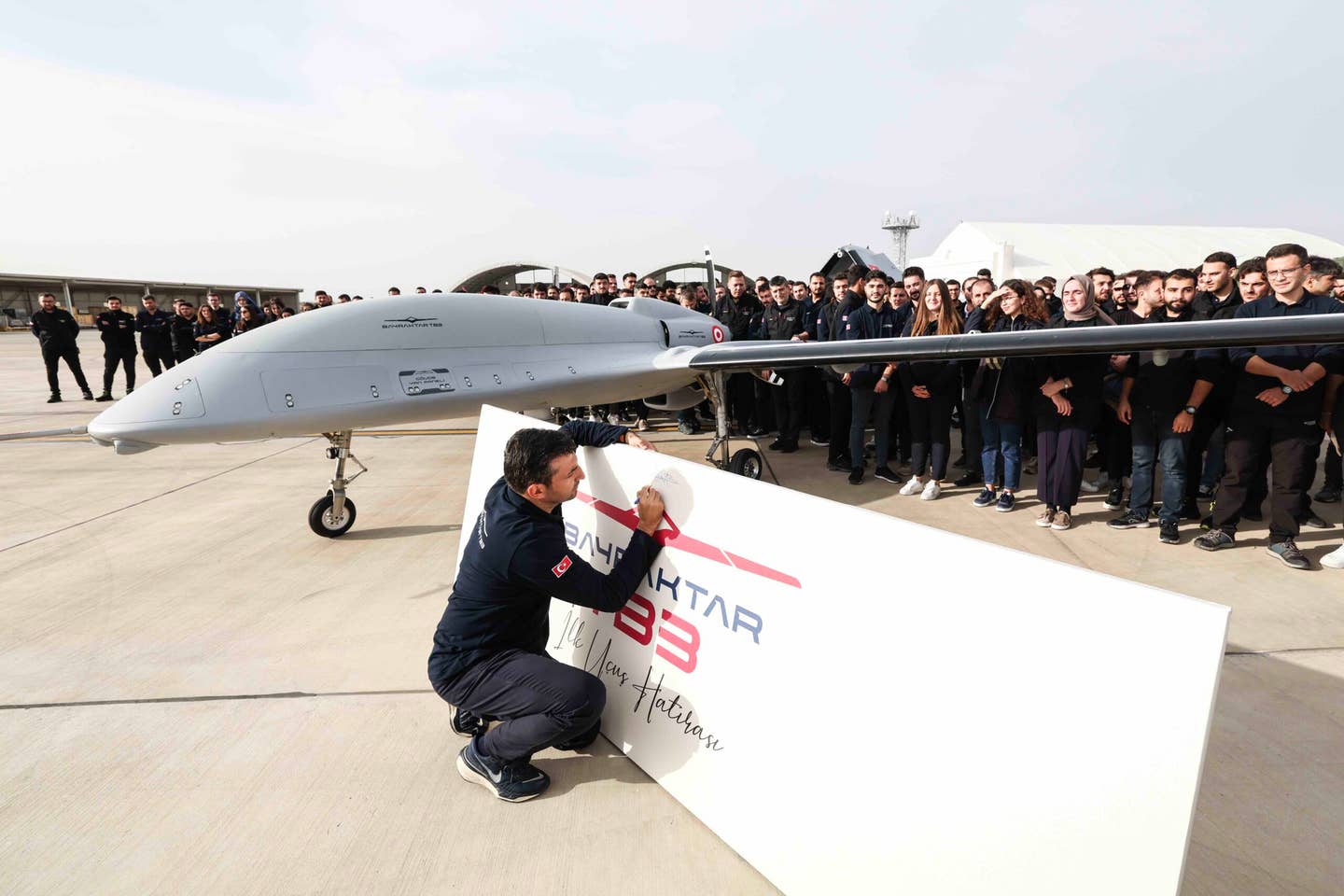Turkish drone manufacturer Baykar has achieved a significant milestone with its Bayraktar TB3 Unmanned Combat Aerial Vehicle (UCAV), setting a new endurance record during a recent test flight. The 13th flight test, dubbed the "Endurance Flight Test," lasted an impressive 32 hours, surpassing the expected endurance of 24 hours. The TB3 drone, designed as the primary uncrewed platform for the Turkish Navy's innovative 'drone carrier,' TCG Anadolu, covered a distance of 5700 km during the test conducted at the Çorlu Flight Training and Test Center.
Equipped with a locally developed PD-170 engine, the TB3's performance exceeded initial expectations, with its predecessor, the TB2 drone, having an endurance of 27 hours and 3 minutes. The TB3, boasting enhanced flight endurance, intelligence, surveillance, and reconnaissance (ISR) capabilities, supports various munitions, including laser-guided rockets and anti-tank missiles. Its short takeoff and landing (STOL) capabilities make it suitable for deployment on aircraft carriers and large-deck amphibious assault ships, providing flexibility during land-based operations. Full mass production of the TB3 is anticipated to commence in 2024, coinciding with its deployment aboard the TCG Anadolu. Baykar is also actively developing the Kizilelma, a fighter-like drone set for production in the coming year.
